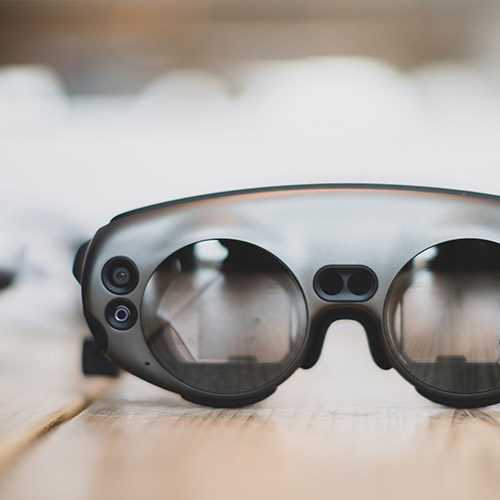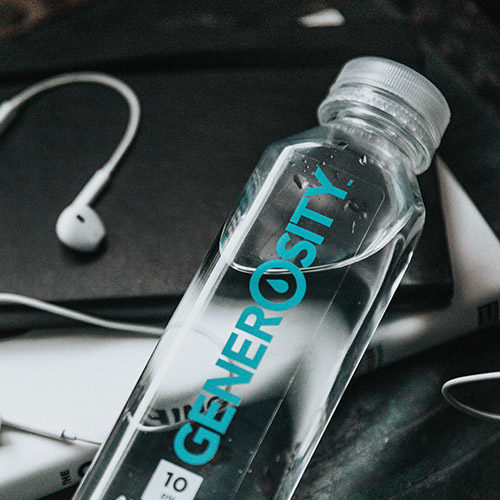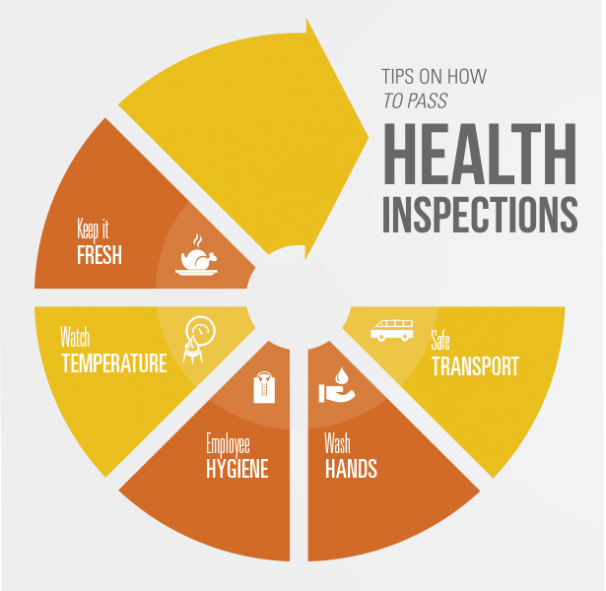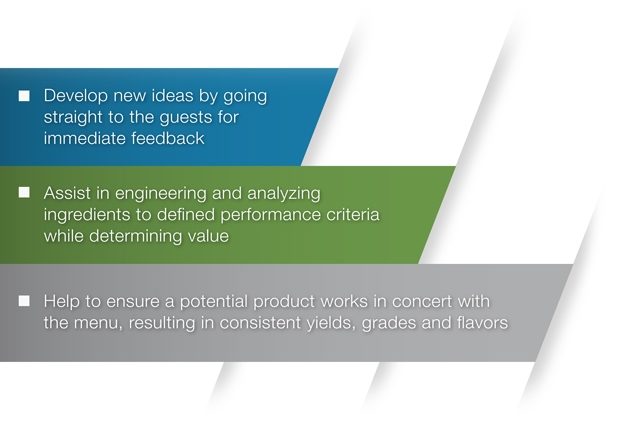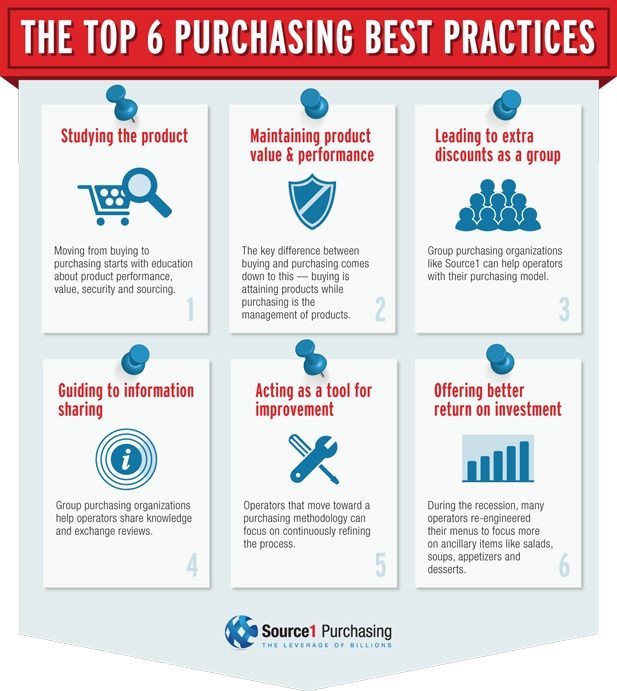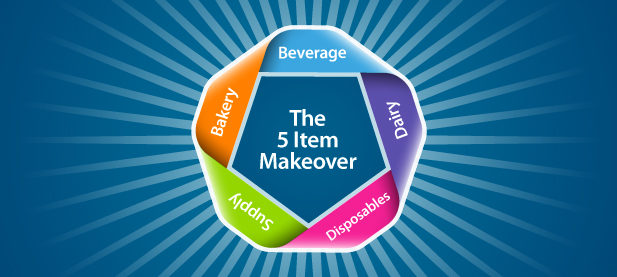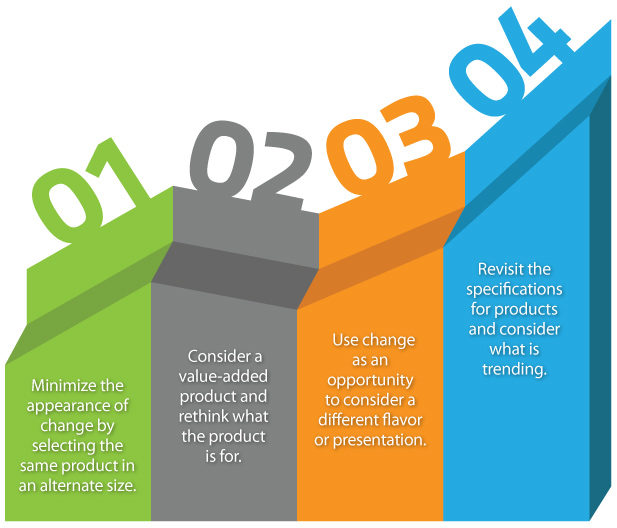7 Ways to Improve Guest Satisfaction with Text Messaging
As a hotel manager, your business is built on serving others and continuing to satisfy your guests. With technology being so important in today’s society, keeping communication with your customers through their preferred technological method is sure to improve the guest experience. Those who receive phone calls from businesses tend to feel annoyed, as if the call is bothersome, so why not communicate via text messaging? Text messages are quick, simple, and convenient, and most mobile users simply prefer it to other forms of communication. By implementing the use of text messaging when connecting with your guests, you’re improving guest services in seven important ways:
1. Give guests a real-time connection and become more reputable. Texting your guests is an action that exceeds expectations and allows your customers to send their concerns and questions to the concierge or guest services via text and receive a reply.
2. Increase the number of bookings by allowing guests to text reservations while relaxing at an on-site spa or restaurant.
3. Reduce the number of absentees by delivering reminder texts about appointments and reservations. Many industries, such as airlines, have already incorporated this strategy into their operations to ensure travelers don’t miss their flights.
4. Be a mobile information resource for local events. Send a text message to inform guests about upcoming shows, nearby attractions and experiences in areas near the city in which your establishment is located.
5. Provide a feeling of safety and security among guests. When an emergency takes place, send an alert text message to warn your guests. Because of this safety feature, guests will more than likely prefer your establishment to competitors.
6. Boost customer service by texting guests when their tables or rooms are ready, room service has arrived, or rooms have been cleaned. You can also allow customers to respond with questions about check-in or to let you know if they are running behind schedule.
7. Send special offers and allow your guests to respond to the text with a request to book or reserve.
How have you gone above and beyond to improve guest satisfaction at your place of business? For more hotel technology tips, tricks, news, and trends, take a look at our other blog posts on source1purchasing.com.





